
In today’s virtualized environments, the ability to integrate physical hardware with virtual machines is essential for maximizing functionality and flexibility. One common requirement is the need to connect USB devices directly to virtual machines (VMs) running on VMware vSphere. This capability enables users to utilize a range of USB peripherals, including storage devices, printers, and hardware security keys, directly within their virtualized workloads.
Adding USB devices to your VMware vSphere not only enhances the capabilities of your VMs but also provides a seamless experience for applications that rely on direct hardware access. Whether you are using USB for backup storage, device licensing, or testing, understanding how to effectively configure USB passthrough is critical for any system administrator or IT professional.
In this guide, we will walk you through the step-by-step process of adding USB devices to your VMware vSphere environment, covering both the vSphere Web Client and command-line options. By the end of this article, you will have the knowledge necessary to successfully connect and manage USB devices within your virtual machines. Let’s dive in!
Table of Contents
Steps to Add USB Devices in VMware vSphere
Prerequisites
USB Passthrough Supported: Ensure that your ESXi host supports USB passthrough for USB devices.
USB Devices Connected: Connect the USB device to the physical ESXi host where the VM is running.
Method 1: Adding USB Devices via vSphere Web Client
Log in to vSphere Client:
Open the vSphere Web Client and log in with the necessary permissions to modify VM hardware settings.
Power Off the VM:
Ensure that the virtual machine is powered off before adding a USB device.
Edit VM Settings:
Right-click on the virtual machine and select Edit Settings.
Add USB Controller:
In the Virtual Hardware tab, click Add New Device.

Choose USB Controller from the list if it is not already present. This controller allows the VM to use USB devices.
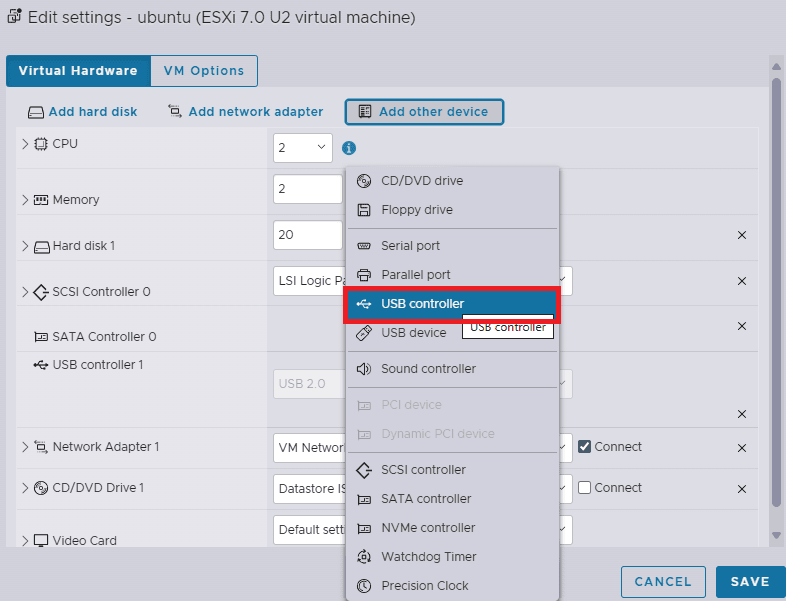
Add USB Device:
Once the USB controller is added, click Add New Device again, and this time select Host USB Device.
A list of available USB devices connected to the ESXi host will appear. Select the USB device you want to add to the VM.
Save Changes and Power On the VM:
Click OK to save the changes. Power on the virtual machine. The USB device should now be accessible from within the guest OS.

Method 2: Using vSphere CLI or PowerCLI
List Available USB Devices:
Use the following command in the ESXi shell to view available USB devices
lsusb
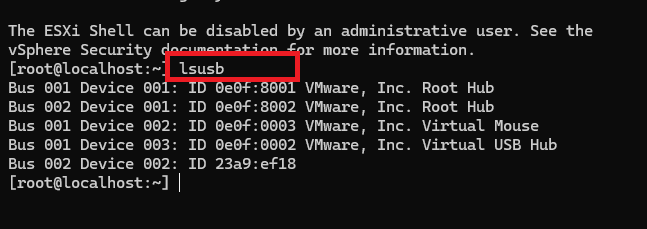
This will list USB devices connected to the ESXi host, allowing you to identify the device by ID.
Add USB Device Using PowerCLI:
Open PowerCLI and connect to your vCenter or ESXi host
Connect-VIServer -Server <Your_vCenter_Server>
The Connect-VIServer command is a crucial part of managing VMware environments through PowerCLI, allowing you to establish a connection to your vCenter Server or an ESXi host. This command enables you to perform various administrative tasks within your virtual infrastructure, including managing virtual machines, datastores, and networking configurations.
Add a USB device to the VM with:
Add-UsbDevice -VM <VM_Name> -HostUsbDevice <USB_Device_ID>
The Add-UsbDevice command in PowerCLI is a powerful tool for managing USB devices in VMware environments. This command allows you to assign a USB device connected to your ESXi host directly to a specific virtual machine (VM). Here’s a breakdown of how to use this command effectively.
Verify in VM:
Once added, the USB device should be accessible within the guest OS.
Key Considerations
ESXi Host Compatibility: Check that the ESXi host hardware and firmware are compatible with USB passthrough.
Limitations: USB passthrough performance may be limited for certain types of high-speed USB devices.
Exclusive Access: When a USB device is assigned to a VM, it is dedicated to that VM and cannot be used by others unless unmounted or reassigned.
Troubleshooting Tips
Device Not Detected: If the USB device is not detected in the VM, ensure it is connected correctly and check if the host recognizes it with lsusb.
Restart the VM: In some cases, restarting the VM or even the ESXi host may be necessary for USB devices to be recognized.
Wrapping Up
This guide provided all the steps and considerations needed to add USB devices to a VMware vSphere environment, supporting a variety of use cases for enhanced hardware compatibility and device access. Adding USB devices to your VMware vSphere environment is a straightforward process that significantly enhances the functionality of your virtual machines. By enabling USB passthrough, you can easily connect and use a variety of USB peripherals directly within your VMs, whether for storage, licensing, or specialized hardware interactions.
- Design

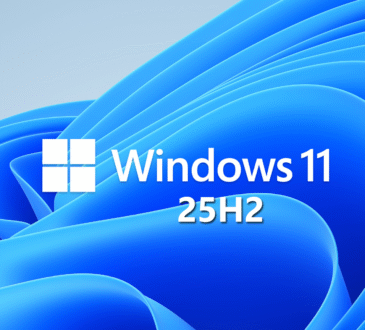
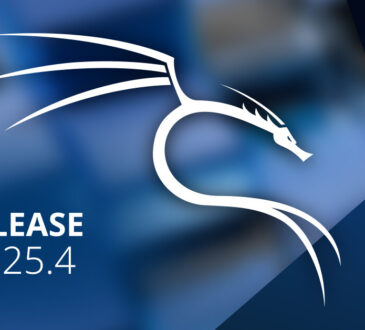
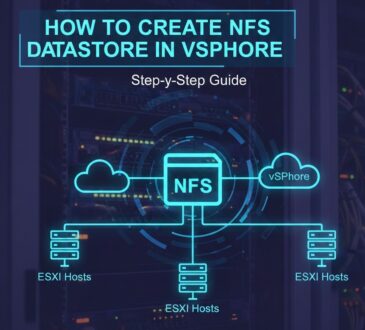
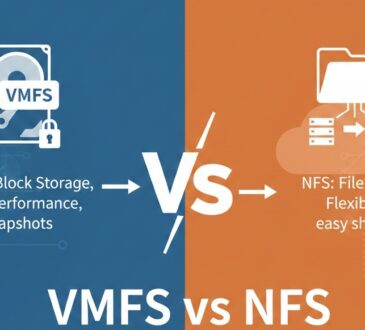

Access detailed information about the Audemars Piguet Royal Oak Offshore 15710ST on this site , including market values ranging from $34,566 to $36,200 for stainless steel models.
The 42mm timepiece showcases a robust design with mechanical precision and rugged aesthetics, crafted in titanium.
Unworn Piguet Royal Oak Offshore 15710 review
Analyze secondary market data , where limited editions reach up to $750,000 , alongside rare references from the 1970s.
View real-time updates on availability, specifications, and historical value, with trend reports for informed decisions.